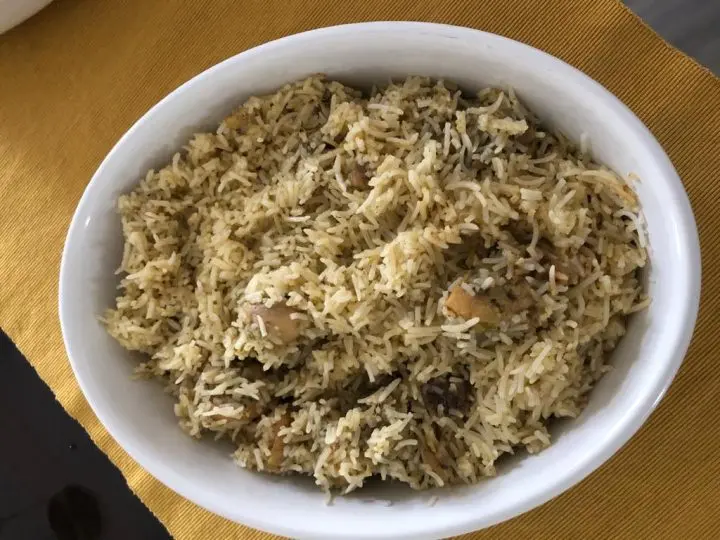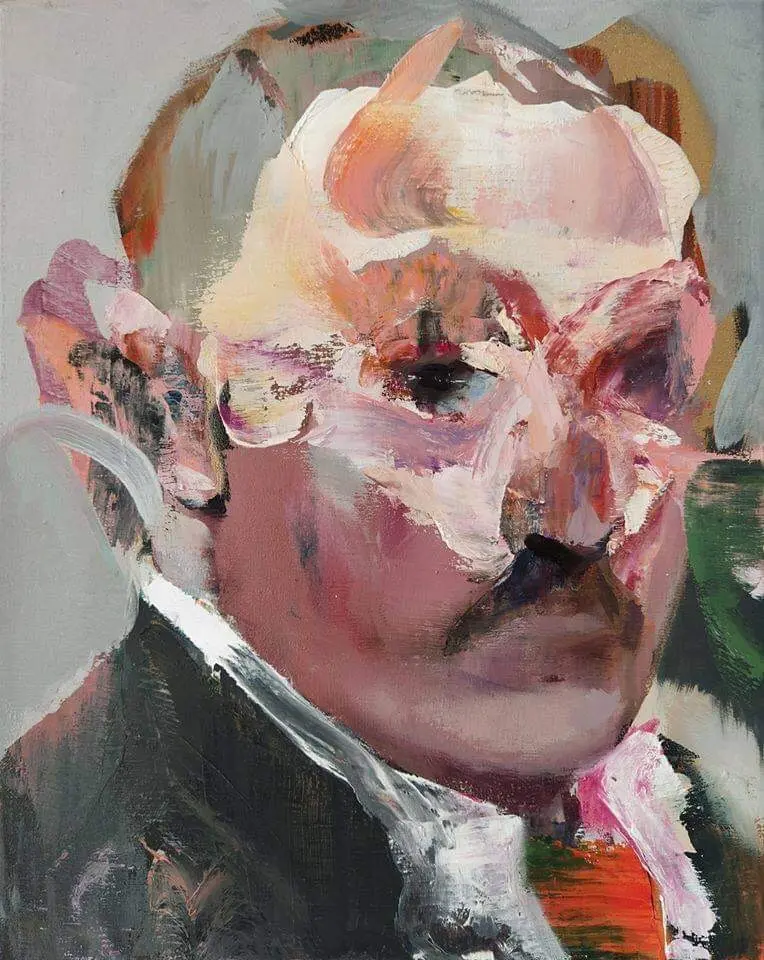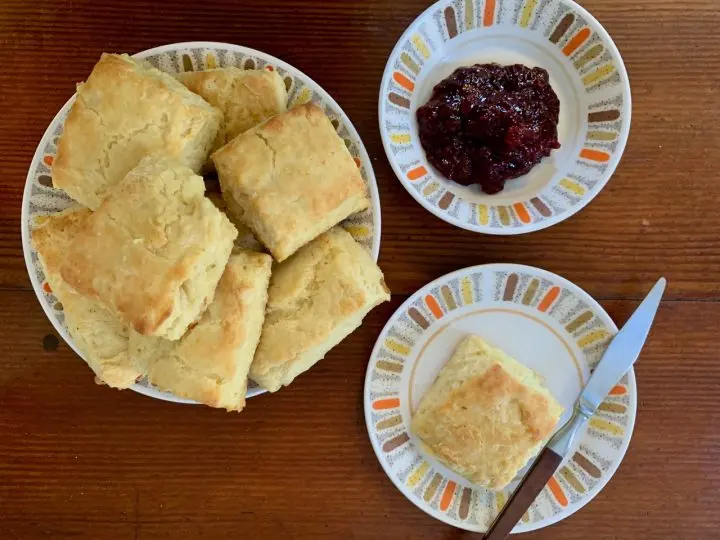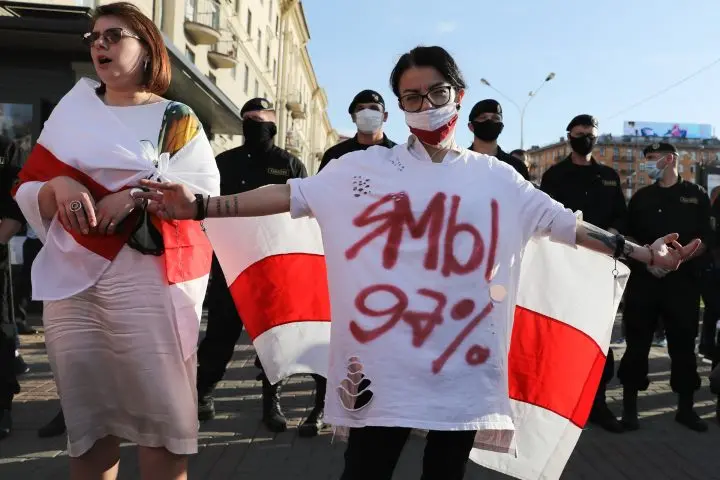
A native of Detroit, novelist Alice Randall’s latest novel, Black Bottom Saints, is a send-up of one of the city’s most famous neighborhoods. The book follows gossip columnist Ziggy from the Great Depression through the postwar era. It’s a tale that draws on a vibrant community of Black artists and luminaries. Alice joined us on The PEN Pod to discuss her book Black Bottom Saints, the history of Black neighborhoods and communities in Detroit, and using storytelling in order to shine a light on overlooked sources. Check out the full episode below (our interview with Alice begins at the 18:51 mark).
Alice, what is—or what was—“Black Bottom?”
First of all, Black Bottom is a place—it was a place in Black Detroit. But it’s also an attitude, and I think that’s really important to start with Black Bottom as a chin-up, defiant spirit that takes as its slogan, “We shall rise from the ashes.” But it was also a neighborhood in Detroit, and the center of that neighborhood was a place called the Gotham Hotel that Langston Hughes called “the most important Negro hotel in the world.” Ziggy, the hero of my novel, lives in the Gotham Hotel—it was a real place where I was as a child—and in the Gotham, there was Black art on the walls, Black paintings and photographs and Black music, and amazing food from lobster to collard greens.
But more importantly, there were people—everyday, ordinary Black people coming on a spree and schoolchildren—Thurgood Marshall when he’s in his early Civil Rights days, and Martin Luther King. All of these people will come through the lobby of the Gotham Hotel and nobody more important than the everyday breadwinners, the Black auto workers and their families, men and women who worked in Detroit. They come through the Gotham, but the Gotham got knocked down in ’63. But the legacy of the Gotham is that individuals and communities can rise from extreme losses. One of the things that excites me about the book is that the Gotham Hotel Black Bottom rides from these pages, and they insist that crimes perpetrated on you don’t get to define you. You define you. That’s Black Bottom. When you know, you define you.
“I center the story on the Black experience, and Black people weren’t about the car industry. To me, I center it around something that is lost—yes it is lost, this is a Camelot, it’s a Pompei. But, to me, it’s not a story about loss—it’s a story about rising from the ashes. It speaks very much into this present moment.”
A way of thinking and a place—and who are the Saints of the book?
Well, there are 61 of them. Some of them are hidden. There was supposed to be 52, but you could not boil it down to 52. Ziggy Johnson, the hero of Black Bottom Saints, lived in Detroit. He was an MC of two famous clubs, the Flame Show Bar and The 20 Grand. He also wrote as a gossip columnist, and he had an inner city dancing school. Every one of the Saints does three things—they know a lot about moving from trauma to transcendence, they walked through the lobby of the Gotham Hotel quite literally, and they appeared in one or more—sometimes many—of Ziggy’s columns. That’s how you came to be a Saint, but more importantly, that first part—they knew a lot about moving from trauma to transcendence, and they can help people do that now.
They also come from every walk of life. Some of them are sports figures that are just Ted Rhodes (the golfer) and Night Train Lane—many come from the show world, such as Nat King Cole, Sammy Davis. You are going to see them like you never knew them before—the Black lawyers and doctors and everyday people—artists, ministers. But there’s even Scatterbrain Stephens, a heroin dealer who was a model for Superfly, who we will discover in his chapter, wanted to really have a barbecue sauce business, and is one of the few people who observed that when the Pope first drove out of the Vatican into Italy—when the Vatican was its own country—he was driving a car built by Black men in Detroit, that he was driving Black excellence. So, Scatterbrain was more than his worst day.
That idea of trauma to transcendence—it’s hard of course, to read this book now and not be both nostalgic and also think about what Detroit was, in terms of what Black America looked like within that sort of runup to the Second World War period. Do you think of it as a story of loss, or do you think of it as a story of Detroit and the decimated auto, or do you look at it differently?
I look at it very differently. I center the story on the Black experience, and Black people weren’t about the car industry. To me, I center it around something that is lost—yes it is lost, this is a
Camelot, it’s a Pompei. But, to me, it’s not a story about loss—it’s a story about rising from the ashes. It speaks very much into this present moment. One of the most important Saints in the book is Tanya Blanding—she’s a four-year-old Black girl who was shot down in our own home in the summer of 1967 by Michigan’s State Patrol. Black Detroit rises in the spirit right now of “Say Her Name” in this moment now. I played on the same street where Tanya Blanding was killed. I remember clearly the day she was killed when I was about three or four years older than she was, who played on that same street. It has taken till now. The defiance and self-definition that we find in this moment has some roots to Detroit City, and it rises in this moment.
“One of the things I’m interested in is untold stories, and I love the rest of the story and the underprivileged story—that so much of what we lose when we insist on looking at, for example, government documents only, is the reality.”
Why did you decide to focus on Ziggy, the gossip columnist, and many other things as a lens? How does that function in this text?
One of the things I’m interested in is untold stories, and I love the rest of the story and the underprivileged story—that so much of what we lose when we insist on looking at, for example, government documents only, is the reality. We know the phrase “government name,” the name that is on your birth certificate or the name that’s on your social security card may not be a name anyone in this world calls you. In Ziggy’s entertainment and gossip columns, we get a lot of the untold history, and I was inspired.
My father did not read to me from children’s books when I was a little girl—he read to me from three newspapers a day. One of the newspapers he read to me from was the Michigan Chronicle, a Black newspaper that rivaled the Chicago Defender, The Pittsburgh Courier. I fell in love with Ziggy’s language then, and I also fell in love with hearing the untold story—why Tallulah Bankhead was important as a white ally to Black people in the ’50s and ’60s? What could be learned about the rest of the water’s life that she wrote two autobiographies for herself? She wasn’t just an actress and a singer—there was more to the story—and Ziggy put a lot of that more in his column. I like shining a light on sources that have been overlooked and ignored. I think we should be plumbing a lot more of our Black gossip columns and entertainment columns for the rest of the Black American experience and the American experience.
I knew that I had an experience of being an abused child, and I knew that part of getting to feel happy was when I had spent time in Ziggy’s—the real Ziggy’s—dancing school, where he had told me the stories of hundreds of lives of people—of Black people largely—who moved from trauma to transcendence. I know how Ziggy’s stories had inspired me, and I wanted to share them with the larger world, particularly in the aftermath of the #MeToo movement when I thought, “There was so much pain and so little light being shown on how you don’t let someone else’s worst moment define your best moment without minimizing any of the harm done.” I want to maximize the possibilities that more people who have hard experience get to move from trauma to transcendence.
“The young people who are leading the Black Lives Matter movement, leading the #SayHerName movement, are not speaking just to this moment—they are speaking to hundreds of years of crime that went unwitnessed, and they have done this extraordinary thing. I think that when we read the book now, we recognize the absolutely extraordinary triumph of this moment, that they have finally gotten an entire nation to pay attention to crimes that have been going on for so long.”
Absolutely. One of the things that I think is so interesting in this book is that the text is interspersed with some cocktail recipes. What does that do for us?
One: Aesthetically, Ziggy and Black Detroit privilege address all the senses. What a cocktail gives you is taste, sound, touch, smell, and sight. Now, how does it give you sound? That shaking or stirring—some cocktails actually have sound. One of the things I love about this addressing all five senses is that many people experience it in church services. Ziggy moved that into the secular world that you definitely experience in the show bar. But, you can put it in one little cocktail, and you can get all five. These cocktails also function as taste metaphors, and they’re visual metaphors. Two of my favorites are the 66 Rue Pigalle, which celebrates Bricktop—it’s literally red with strawberries, and that celebrates her red hair and freckles—and, on the other end of the spectrum, we have the Last Lick, which is Della Reese’s libation. It honors the reality that Della Reese fought to end her victimization as a person who was victimized by domestic violence. She had a first husband who beat her that she left, and it looks like a bruise on Black skin—it has a wine wash at the top.
Both of these are based on historic cocktails that were created by one of the saints of the book, Thomas Bullock, who in 1917 published a book called The Ideal Bartender. These are variations on Bullock’s drinks that speak to the fact that Black bartenders were creating narrative. When you see that wash, that red wash on the brown liquor, Bullock created that. Bullock worked in Joe Louis’s world, in the fight world. He may have been more speaking to the boxing game when he created it, and I have remixed it into a statement about transcendence from domestic violence into personal safety. But the metaphor—the power of the red wash of the bruise on Black skin—that belongs to Bullock. So, this book celebrates all the Black people, including Bricktop who owned a bar in Paris, in Rome, and in Mexico City, and Bullock who worked in country clubs and in his own places, in Black places. It celebrates Black people who were creating in blind pigs and in taverns, in country clubs and cocktail bars—they were creating expressive art that was never recognized as that.
We want to celebrate these new cocktail makers today, as if they are the first ones. Bullock was doing that in 1917, but we weren’t acknowledging it. So, the cocktails mean a lot to me. Some of them don’t have liquor in them. After Tanya Blanding’s story, you get something that is very sharp—it is a lemonade that is complete sobriety. It is something that confronts us, and there is no escape from that moment, because the saints of fall in my book are the saints that show that you can have a genius of resilience, but if the deck is too stacked against you, you will simply die before you get a chance to transcend the trauma.
“One of the things about this book right now is it argues that joy is radical, and Black joy is particularly radical, and it helps you achieve some Black joy right now—it helps all people achieve some honorable, honest joy.”
You mentioned, obviously, the story of Tanya Blanding. In my mouth—Sandra Bland—the words start getting mixed up a little bit even, because there are connections to what we’re experiencing now with anti-Black violence in particular, and all the names that we need to say over and over again. You’ve mentioned a bit, but I wonder a bit more about how you think readers might interpret this book right now.
I think right now, readers are going to see it as a work that helps them experience and argue that every Black life matters—not just the bourgeois, respectable Black lives—that Scatterbrain Stevens matters. The young people who are leading the Black Lives Matter movement, leading the #SayHerName movement, are not speaking just to this moment—they are speaking to hundreds of years of crime that went unwitnessed, and they have done this extraordinary thing. I think that when we read the book now, we recognize the absolutely extraordinary triumph of this moment, that they have finally gotten an entire nation to pay attention to crimes that have been going on for so long. I applaud these young people, and I offer them these people who are working those same vineyards before them, and that can help sustain them and revive them. One of the things about this book right now is it argues that joy is radical, and Black joy is particularly radical, and it helps you achieve some Black joy right now—it helps all people achieve some honorable, honest joy.
Absolutely. Finally, what are you reading right now?
I’m reading what brings me joy—Randall Kenan’s If I Had Two Wings. The story there that I love is “The Eternal Glory that is Ham Hocks.” He’s way off to the side—this is like his equivalent of my Ethel Waters chapter—but he does things I can’t do at all: with corn, and mothers, and violence, and blueberries, and bagels, and chicken livers in this delicious story that has food at the center, but has identity violence, trauma, and transcendence. In his own way, Randall Kenan just turns on every light in the house. Sometimes my saints burn the house down, but Randall Kenan turns on every light in the house, adds some candles, brings some starlight, and gets it all sizzling, and I just love it. So, If I Had Two Wings by Randall Kenan. Alice Randall, Randall Kenan—I love that we are like little name cousins, but totally unrelated. I adore that book. I will be assigning it where I teach this fall.











